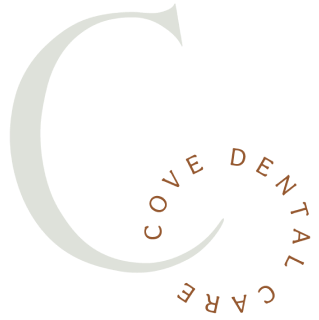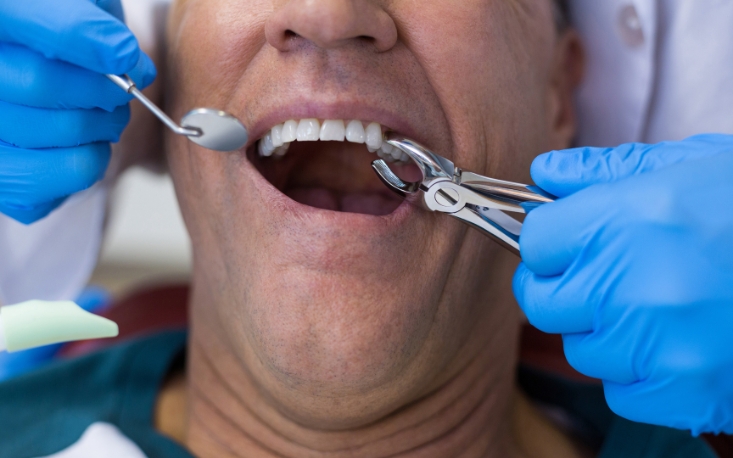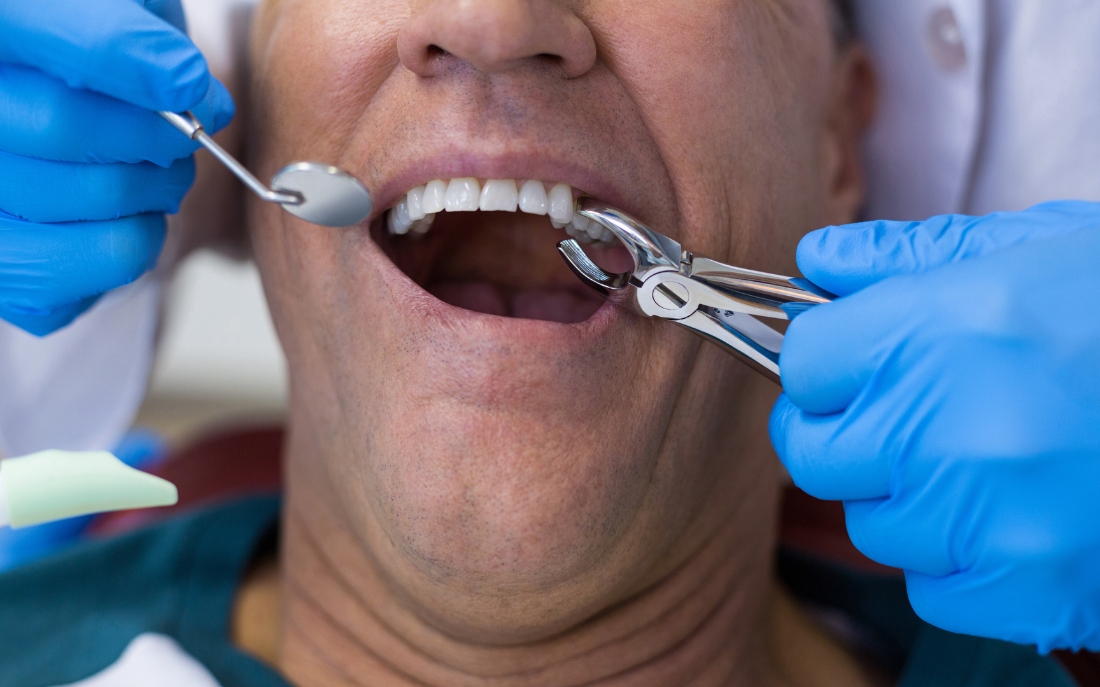Life After Tooth Extraction: How to Manage and Stop Tooth Bleeding


Tooth extraction is a common dental procedure that many people undergo at some point in their lives. Whether it’s due to severe decay, damage, or overcrowding, the process of having a tooth removed can lead to bleeding, discomfort, and the need for proper post-operative care. In this comprehensive guide, we’ll explore everything you need to know about managing and stopping tooth bleeding after extraction. From immediate post-op care to long-term recovery, we’ll cover it all, ensuring that you’re well-equipped to handle this aspect of your dental health journey.
Understanding Tooth Extraction
Before diving into the specifics of managing and stopping tooth bleeding, it’s essential to understand what tooth extraction entails. We’ll discuss the reasons why a tooth may need to be extracted, the different types of extractions, and what to expect during the procedure itself. By gaining a clear understanding of the process, you’ll be better prepared to navigate the post-operative phase effectively.
Immediate Post-Op Care
Immediately after a tooth extraction, bleeding is a common occurrence. In this chapter, we’ll explore the steps you can take to manage bleeding in the hours following the procedure. From applying pressure to using gauze pads, we’ll discuss practical tips for minimizing bleeding and promoting clot formation. Additionally, we’ll address common concerns such as swelling, pain management, and the importance of following your dentist’s instructions.
Natural Remedies for Tooth Bleeding
While traditional methods such as gauze and pressure can be effective in managing tooth bleeding, some individuals may prefer natural remedies. In this chapter, we’ll explore various natural options for controlling bleeding after tooth extraction. From herbal teas to cold compresses, we’ll discuss the benefits of these alternatives and how to use them safely. By incorporating natural remedies into your post-operative care routine, you can support the healing process and alleviate discomfort.
Over-the-Counter Solutions
For those seeking additional relief from tooth bleeding and associated symptoms, over-the-counter solutions can be a valuable resource. In this chapter, we’ll review common OTC medications and products that are commonly recommended for post-extraction care. From pain relievers to oral rinses, we’ll discuss how these products can help manage bleeding and promote healing. Additionally, we’ll provide tips for selecting the right OTC options based on your individual needs.
Long-Term Recovery and Prevention
While managing tooth bleeding in the immediate aftermath of extraction is crucial, it’s also essential to consider long-term recovery and prevention strategies. In this final chapter, we’ll discuss steps you can take to support ongoing healing and prevent complications such as infection and dry socket. From maintaining good oral hygiene to avoiding certain activities, we’ll provide practical advice for promoting optimal oral health after tooth extraction.
Tooth extraction is a dental procedure that millions of people undergo each year. While bleeding is a common side effect of this process, there are numerous strategies for managing and stopping it effectively. By understanding the basics of tooth extraction, implementing immediate post-op care measures, exploring natural and OTC remedies, and prioritizing long-term recovery, you can navigate this aspect of your dental health journey with confidence. Remember to consult with your dental expert if you have any concerns or experience prolonged bleeding after extraction. With the right approach and support, you can promote healing and enjoy a healthy smile for years to come.
